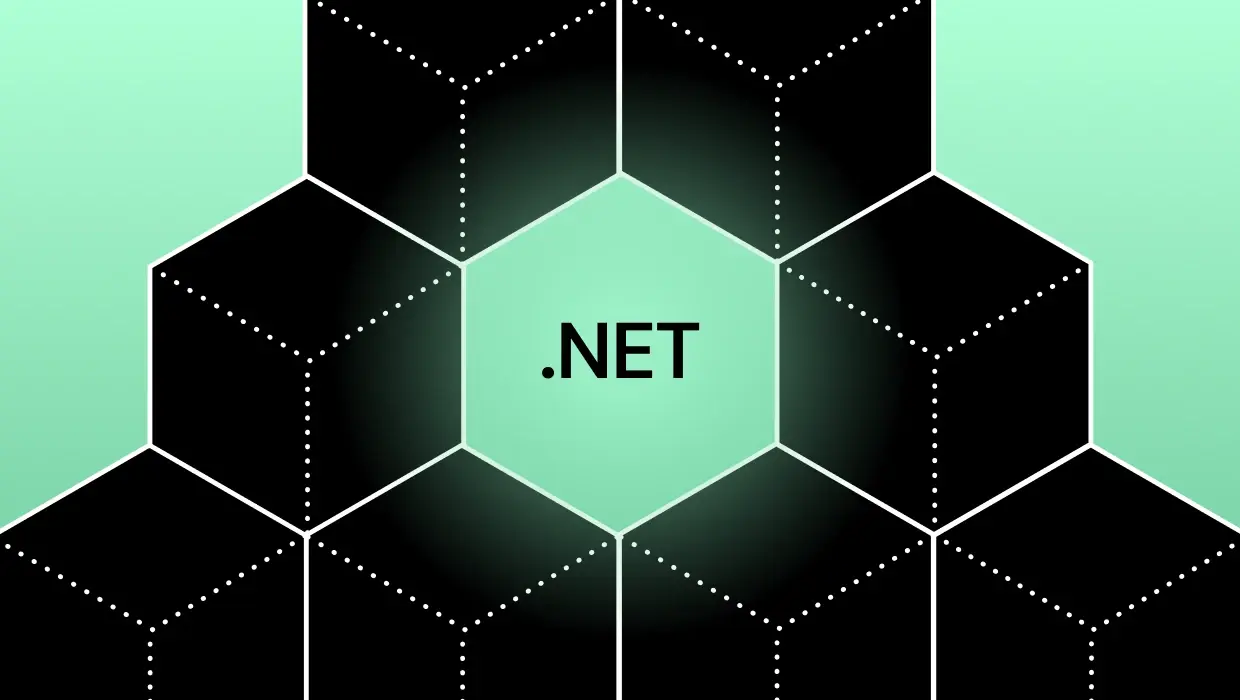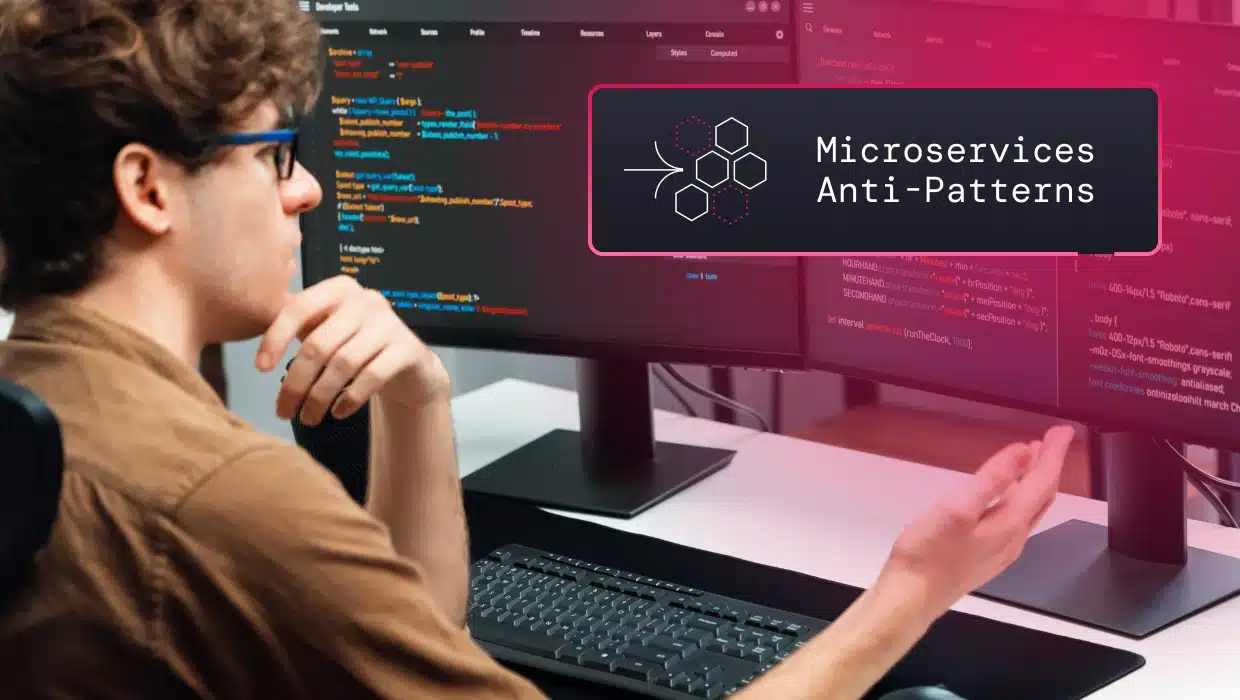Cloud computing has led to cloud-native architectures which allow organizations to access and utilize services that can efficiently scale and rapidly adapt to new business requirements. The use of containers, microservices, and cloud computing has enabled organizations to save time and gain agility they would have otherwise spent maintaining legacy solutions.
Microservice architecture for cloud-native platforms, in particular, can be defined as one of the primary ways of modernizing software infrastructure. It is a service-oriented system architecture composed of different, small services that are optimized for connectivity, flexibility, and parallelization.
Becoming Agile
When faced with either maintaining or modernizing legacy applications, cloud native leaders are migrating applications into microservices as a best practice. Many organizations have taken advantage of cloud computing and are now moving their applications to a microservice approach to reduce costs, increase speed, and prevent scaling issues.
Between the leaders and the laggards, it is clear that the former is using their expertise in technology to improve business efficiency. Leaders don’t hesitate when presented with change because they know how important agility is for success. A report by Capgemini states that industry leaders are building more than 20% of their applications in the cloud, driven by a need for velocity and collaboration. They’re harnessing this new development approach that’s agile enough to adapt quickly when markets change and opportunities arise.
Cloud computing has become a crucial part of the development process, especially when it comes to cloud-native platforms. If you’ve ever worked with a team to build a traditional web application before, you might have experienced trouble creating an app that works on multiple devices. You might have had to deal with scaling problems, troubleshooting compatibility issues, or adjusting your core coding styles to work with multiple operating systems.
If you’re not familiar with cloud computing, it’s the process of using services to compute, store data and share resources over a network. These services can be anything from file storage to elastic compute to notifications and search.
This type of architecture allows you to access services quickly without having your data stuck on old hardware or software that might not meet current needs. Furthermore, when you use cloud-native architecture, your data is not tied down to a specific platform.
Cloud-native platforms offer a ton of benefits when it comes to development, but the concept is still relatively new because many organizations are still trying to figure out how to utilize them or how to make them standards within their organizations.
Microservices for Cloud-Native Platforms | An Overview
Because of the growth in cloud-native platforms, there’s also been a shift in architecture. Microservice architecture for cloud-native platforms is a growing concept that saves time and money while ensuring a high-quality product. This type of development breaks down your project into multiple pieces or microservices that can be used to build one cohesive system.
Microservices are self-contained and do not rely on the use of other microservices to function, so they can be used in a wide range of situations. This is advantageous because it allows teams to move forward without having to wait for third-party components and integration services.
If you think about traditional development, especially when it comes to older projects, changing technology can really cripple your project. If you’re using the wrong programming language, for example, it could take weeks to get everything up and running.
This is where microservices come in. While traditional development will require developers to wait on long release cycles, third-party tools, or components, cloud-native platforms allow teams to develop entire pieces of a project without waiting for other application teams or third-party connections.
This is beneficial for multiple reasons:
• You can allocate resources like CPUs and memory based on demand, and scale your application as needed.
• If you’re using multiple cloud providers, you don’t have to worry about the compatibility issues that come with cloud-native development because microservices will work on almost any platform.
• Microservices can be developed and updated much more quickly than traditional apps which means teams can update their code at a moment’s notice rather than waiting on a lengthy integration process.
Related: Advantages of Microservices in Java
How Does Microservice Architecture for Cloud-Native Platforms Operate?
Cloud-native applications are a way to take advantage of cloud computing by utilizing microservices, containers, and dynamic orchestration. This allows them to use resources more efficiently which ultimately leads to companies’ business goals being met more quickly.
Microservices are lightweight, modular, and designed for orchestration inside a container. Containers allow quick deployment into any cloud platform and can be orchestrated with ease.
Using microservices, developers can create smaller and more efficient pieces that run independently from one another to get work done faster and with more efficiency than with traditional monolithic apps. Microservice service architecture for cloud native applications can be thought of as small, self-contained pieces that work together to provide a service or product rather than being one big thing like in traditional monolithic apps—which have been around since before the advent of the cloud.
Containers
What are containers? Why do organizations use them? How can they improve their business processes with this technology?
Containers are a lightweight, stand-alone, executable package that includes everything needed to run your application – whether that be code or an entire service. They run on top of an operating system, which you can think of as a layer of permissions.
As applications are upgraded and/or rolled out, the entire application doesn’t need to be transferred over during updates – just a small component or multiple components. Instead of having to manage all these different connection lines between apps, containers help bring all these apps together so they will talk to each other as they perform different functions, but without having to connect through everything else.
Microservices, the Cloud and Containers
How do microservices, the cloud, and containers work together to drive the business forward?
Using microservices with traditional monolithic applications can allow for better supportability. For instance, functionality within a monolith might stop working because of a low memory footprint. This might be fine if it’s an offline system, but when you’re talking about a public website like Amazon, this is not acceptable.
With microservices, you can deploy one or more services at once instead of forcing the entire application to deploy; then if something stops working, it’s easy to roll back just that service.
With containers orchestration is easier – you can still have load balancing and failover on your side but it’s more like an orchestra where each microservice has its part of the song to play. With traditional apps, there are lots of instruments playing the same song all at once.
Security
What are some security implications to be aware of with microservices? How can organizations ensure they have better security controls in place if they adopt this approach?
Because you might have different services talking to each other now or even being accessed by third parties, it might become easier for people to gain access and potentially exploit your app. Microservice architecture for cloud-native platforms require a different approach to security than traditional apps: Each microservice should be treated as an individual unit and have its authentication and authorization associated with it.
It’s important to keep in mind that microservices are just one part of the development process. There are also continuous integration and delivery (CI/CD) security controls you should be aware of.
The more frequently you deploy apps, the more chances there are for vulnerability exploits since package managers like npm might not update dependencies automatically – especially if they’re not in heavy usage. Organizations need to keep on top of new packages and updates with these types of tools to stay abreast of vulnerabilities in the codebase.
Microservices Usage
What’s the best use case for microservices? When should organizations consider using them over alternative approaches?
Microservices are often deployed when an app becomes too complex to manage as one entity. About security, there could be different reasons why you go with microservices. If you’re accessing sensitive data or if your application is an API (application programming interface) and you would like to be sure that it’s robust enough, then microservices might be a good idea.
If you don’t have good practices for secure coding, microservices might not be the best approach. Instead, if your application is already complex and needs to work with lots of different systems that use different programming languages, then microservices might provide an answer. It’s also easier to break monoliths into small chunks than it is to rebuild them.
Related: Migrating Monolithic Applications to Microservices Architecture
Microservices Architecture
Why is it possible for enterprises to benefit more from microservices? How can companies successfully implement this approach?
There are many benefits of microservice architecture for cloud-native apps. First, there’s the potential for better fault isolation when something goes wrong. Secondly, microservices enable teams to build and deploy their part of the application without having to rely on others, leading to faster development.
Also, different teams can work on different services – this leads to faster development and improved quality control because each part of the application is subject to a greater number of reviews and tests before moving into production.
Organizations should first determine what their goals are and identify problems that microservices can solve. Then, they should look at the risks and benefits associated with this approach and decide whether it’s a good fit based on the organization’s needs.
If you’re still not convinced that microservices might be right for your next cloud-native app, here are some additional benefits of this architecture:
• Individual services can be tested and deployed more easily than traditional apps because different modules don’t rely on one another to function.
• Microservices allow teams to define specific tasks rather than having to rewrite the same lines of code over and over again.
• Using microservices allows you to break down your project into smaller pieces which will make it easier to develop, scale and maintain your app. This is particularly beneficial when it comes to cloud-native development because microservices give you the freedom to work on specific parts of a project without having to wait for third-party components or services.
Microservices Architecture Is the Future
Microservice architecture has grown in popularity because it can be used with many different programming languages, platforms, and frameworks. This means that organizations are free to experiment with their development process without having to worry about being tied down by inflexible technology choices.
The keystone benefit of microservice architecture is that it allows companies to move fast when developing new features and making changes. This leads to faster development times, which means that the company is ahead of its competition in terms of innovation and agility.
Getting Started with Microservices
What are the first steps for organizations that want to implement this approach?
Microservice architecture is complex, so you’ll need an experienced team who won’t be afraid of challenges. That said, there are a few things everyone can do to get started:
First, request a demo to learn how microservices will benefit your project. Then, research microservices and find out whether they are the right fit for you. Next, create a checklist of goals so that everyone is on the same page about what they can expect from this approach.
Maintaining legacy systems has never been more difficult—keeping them up-to-date means reworking old code or writing completely fresh implementations from scratch, which can be both time-consuming as well costly! That’s where vFunction comes in.
The vFunction platform is a one-stop-shop for modernizing your apps. It automates the process of converting monolithic applications into microservices, so you can focus on what matters: providing an amazing user experience and increased performance with each new release cycle.







